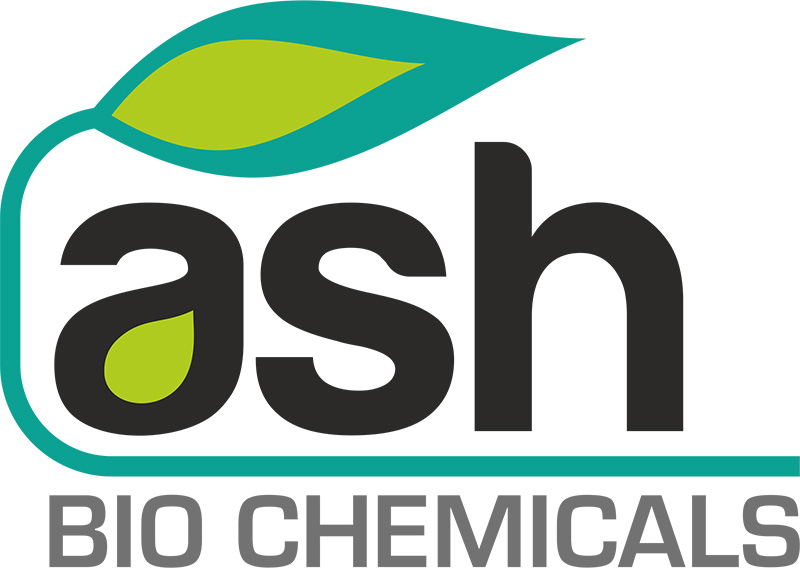Uses of Micronutrients in Plants
Introduction: Micronutrients are essential elements that plants require in small quantities for healthy growth and development. Despite their small requirement, micronutrients play a crucial role in various physiological processes, contributing to the overall health and productivity of plants.
Uses of Micronutrients in Plants:
- Enzyme Activation:
-
- Micronutrients act as cofactors for numerous enzymes involved in essential biochemical reactions.
- Enzymes facilitate processes such as photosynthesis, nutrient uptake, and hormone synthesis.
- Photosynthesis and Chlorophyll Formation:
-
- Some micronutrients, such as iron (Fe) and magnesium (Mg), are critical for the synthesis of chlorophyll.
- Chlorophyll is essential for photosynthesis, allowing plants to convert light energy into chemical energy.
- Nutrient Uptake and Transport:
-
- Micronutrients play a role in maintaining the proper functioning of nutrient transport systems within plants.
- They ensure the efficient uptake and distribution of both macro and micronutrients.
- Respiration and Energy Transfer:
-
- Micronutrients are involved in energy transfer processes, including cellular respiration.
- They contribute to the conversion of nutrients into usable energy for plant growth and development.
- Cell Division and Growth:
-
- Micronutrients are necessary for proper cell division and elongation, which are vital for plant growth.
- They support the development of new tissues, roots, leaves, and reproductive structures.
- Defense Mechanisms:
-
- Some micronutrients, such as zinc (Zn) and copper (Cu), play a role in activating plant defense mechanisms.
- They contribute to the production of molecules that protect plants against pathogens and pests.
Benefits of Micronutrients in Plants:
- Preventing Micronutrient Deficiencies:
-
- Adequate micronutrient availability prevents deficiency symptoms that can hinder plant growth and productivity.
- These symptoms include yellowing leaves, reduced growth, and decreased fruiting.
- Optimal Photosynthesis and Growth:
-
- Micronutrients ensure the efficient functioning of photosynthesis and other essential metabolic processes.
- This results in healthy leaf development, optimal growth, and higher crop yields.
- Increased Nutrient Use Efficiency:
-
- Micronutrients contribute to improved nutrient uptake and utilization, leading to higher nutrient use efficiency.
- This reduces the need for excessive fertilizer application and minimizes nutrient losses.
- Improved Disease Resistance:
-
- Micronutrients support the activation of enzymes and molecules that enhance plant immunity.
- They contribute to disease resistance and the plant's ability to defend against infections.
- Enhanced Reproductive Success:
-
- Adequate micronutrient availability is crucial for flower and fruit development.
- It ensures proper pollination, seed formation, and the production of quality fruits and seeds.
- Overall Plant Health and Vigor:
-
- Micronutrients contribute to the overall health and vigor of plants, making them more resilient to stressors.
- They result in better stress tolerance, improved root development, and enhanced flowering.
Conclusion: While micronutrients are required in smaller quantities compared to macronutrients, their importance in plant growth and development cannot be overstated. Adequate micronutrient availability leads to optimal photosynthesis, growth, and overall plant health, ultimately contributing to higher crop yields and better quality produce.


